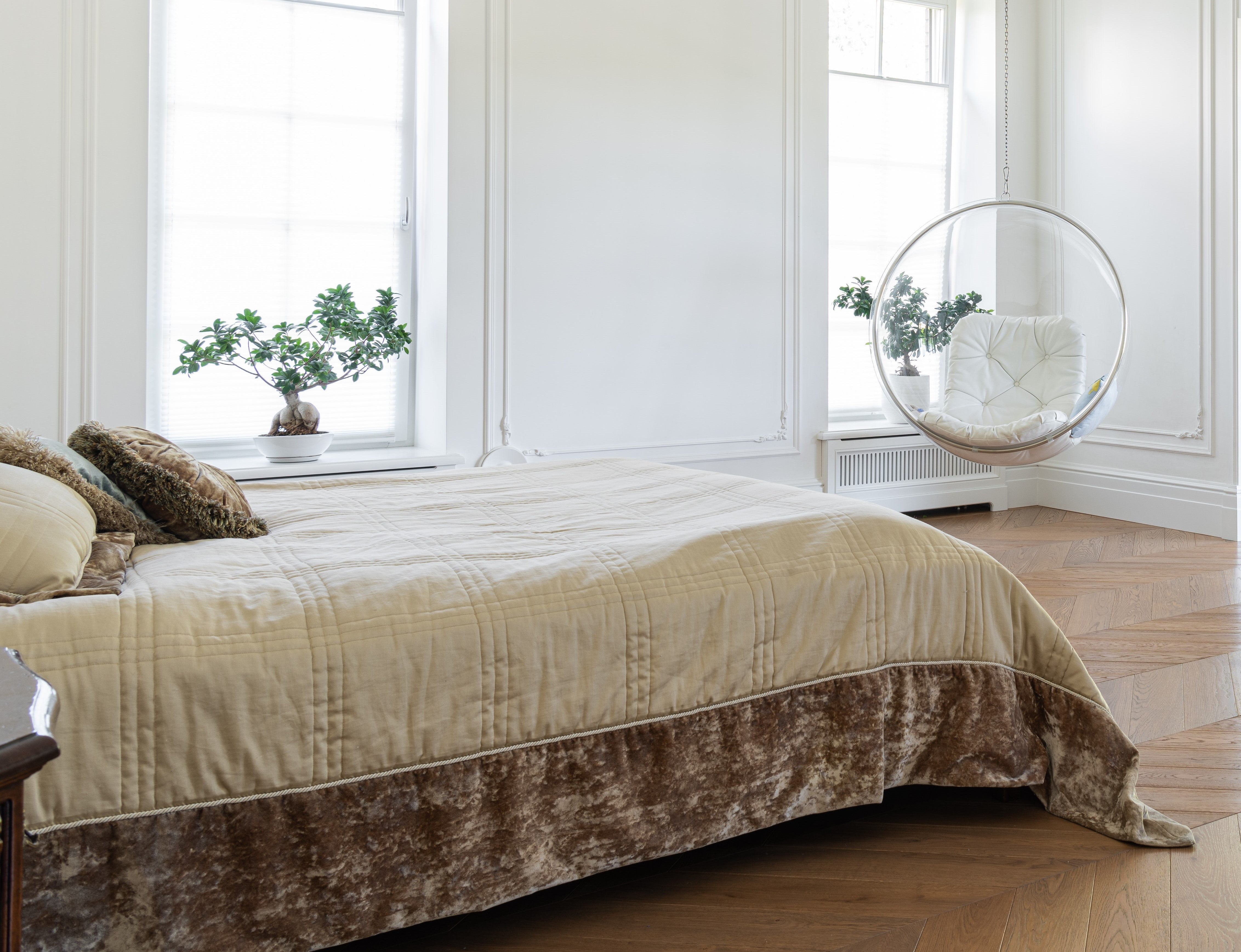We spend a third of our lives sleeping, and the quality of our sleep can affect our overall health and well-being. One factor that can significantly impact sleep quality is the type of bed we sleep on. Adjustable beds have been gaining popularity in recent years, and for good reason.
In this blog post, we will explore the benefits of adjustable beds and why they are more than just a trend.
What are adjustable beds?
Adjustable beds are designed to allow the user to adjust the angle of the head and foot of the bed to their liking. They are typically operated by a remote control or a smartphone app. The base of an adjustable bed is usually made of a metal frame and can be paired with a variety of mattress types, including memory foam, latex, and innerspring.

Benefits of adjustable beds
1. Alleviates back pain
One of the biggest benefits of adjustable beds is that they can alleviate back pain. By adjusting the angle of the bed, users can reduce pressure on the lower back and relieve tension in the muscles. This can be particularly helpful for people who suffer from chronic back pain or those who have undergone spinal surgery.
A study published in the Journal of Chiropractic Medicine found that participants who slept on an adjustable bed experienced a significant reduction in back pain compared to those who slept on a traditional bed.
2. Improves circulation
Adjustable beds can also improve circulation by elevating the legs above the heart. This can reduce swelling in the legs and feet, which is particularly beneficial for people with edema or varicose veins. Improved circulation can also aid in the healing process for those recovering from surgery or injury.
3. Reduces snoring
Snoring is a common problem that can disturb sleep quality for both the snorer and their partner. Adjustable beds can help reduce snoring by elevating the head, which can open up airways and reduce the likelihood of snoring. This can be particularly helpful for people with sleep apnea.
A study published in the Journal of Clinical Sleep Medicine found that participants who slept on an adjustable bed experienced a significant reduction in snoring compared to those who slept on a traditional bed.
4. Enhances comfort
Adjustable beds can also enhance comfort by allowing users to find their preferred sleeping position. By adjusting the angle of the head and foot of the bed, users can find a position that is most comfortable for them. This can be particularly beneficial for people with conditions that make it difficult to find a comfortable position, such as arthritis or fibromyalgia.
5. Improves sleep quality
Finally, adjustable beds can improve sleep quality by reducing the likelihood of interruptions caused by discomfort or pain. By finding a comfortable sleeping position, users can sleep more soundly and wake up feeling more rested.

Conclusion
Adjustable beds offer a variety of benefits that can significantly impact sleep quality and overall health. By alleviating back pain, improving circulation, reducing snoring, enhancing comfort, and improving sleep quality, adjustable beds are more than just a trend. If you are considering purchasing an adjustable bed, be sure to do your research and choose a reputable manufacturer.
FAQS
1. What are the benefits of using an adjustable bed?
Adjustable beds can alleviate back pain, improve circulation, reduce snoring, enhance comfort, and improve sleep quality.
2. Can an adjustable bed help with back pain?
Yes, an adjustable bed can alleviate back pain by allowing the user to adjust the angle of the bed to reduce pressure on the lower back and relieve tension in the muscles.
3. Can an adjustable bed improve circulation?
Yes, an adjustable bed can improve circulation by elevating the legs above the heart, which can reduce swelling in the legs and feet.
4. Can an adjustable bed reduce snoring?
Yes, an adjustable bed can help reduce snoring by elevating the head, which can open up airways and reduce the likelihood of snoring.
5. What types of mattresses are compatible with adjustable beds?
Adjustable beds can be paired with a variety of mattress types, including memory foam, latex, and innerspring.





Leave a comment
This site is protected by hCaptcha and the hCaptcha Privacy Policy and Terms of Service apply.